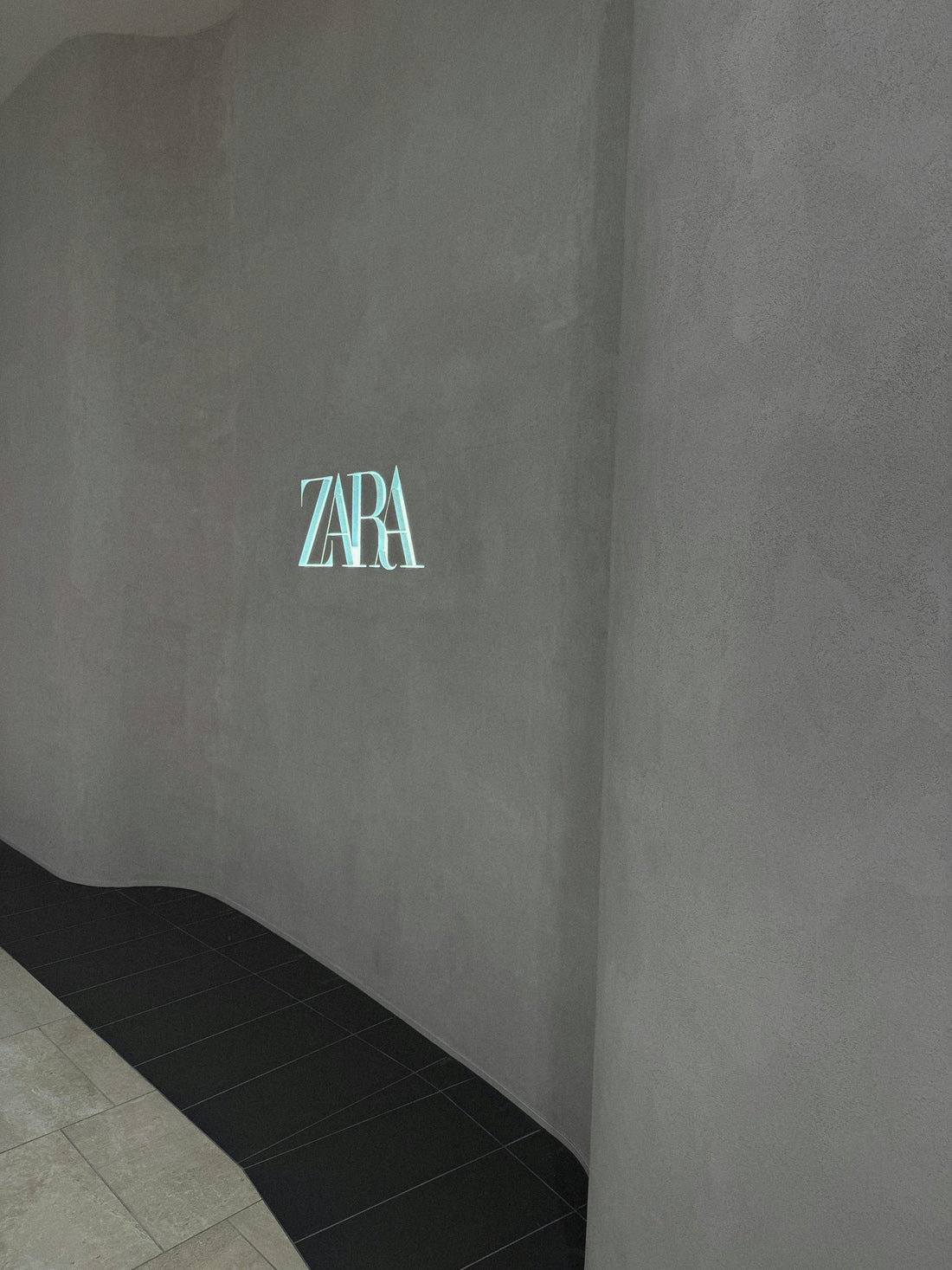
Inditex (Zara) – Fast Fashion End-to-End Execution
Share
Zara’s spacious, continuously refreshed store in Adelaide. Fast-fashion execution means new styles arrive twice weekly, encouraging frequent visits. Inditex, the parent company of Zara, exemplifies full end-to-end retail execution by tightly integrating design, production, logistics, and store operations. Zara’s execution strategy is to deliver styles from concept to storefront at lightning speed (“fast fashion”), ensuring stores always have fresh, on-trend inventory. Key to this model is a vertically integrated supply chain and data-driven feedback loop: designers, factories, distribution centers, and store managers work in sync. Stores transmit sales and trend data daily, and orders are placed to factories twice a week, aligning production with real-time demandblog.fabrichq.ai. Deliveries of new merchandise reach every Zara store worldwide multiple times per week, and store staff rapidly replenish floor stock using an efficient backroom system (aided by RFID tags tracking each item)blog.fabrichq.aiimpinj.com. By producing in limited batches and restocking fast, Zara minimizes overstock and keeps product assortments feeling exclusive.
-
Key Elements: Ultra-fast design-to-distribution cycle (as short as 2–3 weeks for new fashions), frequent small-batch shipments to stores, and agile inventory management with technology like RFID for accuracyblog.fabrichq.ai. This end-to-end agility empowers store teams to execute nearly flawless inventory turnover and merchandising — if an item sells out, it’s quickly replaced by a new design, not a restockblog.fabrichq.ai.
-
Demand-Driven Merchandising: Zara uses data analytics to adjust supply to each store’s needs, producing a scarcity effect that prompts customers to buy now at full price rather than waitblog.fabrichq.ai.
Results: Zara’s execution model has achieved industry-leading performance. The company realizes about 12 inventory turns per year, far above the 3–4 turns typical for competitorsblog.fabrichq.ai. This rapid turnover means stores get new collections continuously, and as a result the average Zara shopper visits 17 times a year, an extraordinarily high frequency for apparel retailblog.fabrichq.ai. Critically, Zara sells the vast majority of its goods at full price – about 85% of items sell without markdown, versus roughly 60% for the industryblog.fabrichq.ai. Only ~10% of its inventory remains unsold at season’s end (vs. 17–20% industry average)blog.fabrichq.ai, indicating minimal waste and strong sell-through. This best-in-class execution has propelled Inditex to become a global fashion powerhouse, with Zara’s agile stores driving billions in sales and outperforming competitors in both speed and efficiency. Customers get the styles they want when they want them, and the numbers show it: higher margins from fewer discounts, fast response to trends, and a loyal shopper base that knows each visit will find new products.
Sources: The above case studies are drawn from public information and reports on each company’s initiatives and outcomeslinkedin.com6sigma.comblog.fabrichq.ai, illustrating how operational excellence in retail execution translates to tangible business success. Each example – Walmart’s academy training, Starbucks’ lean digitization, and Zara’s synchronized supply chain – highlights a different facet of retail execution and the measurable gains achieved.
